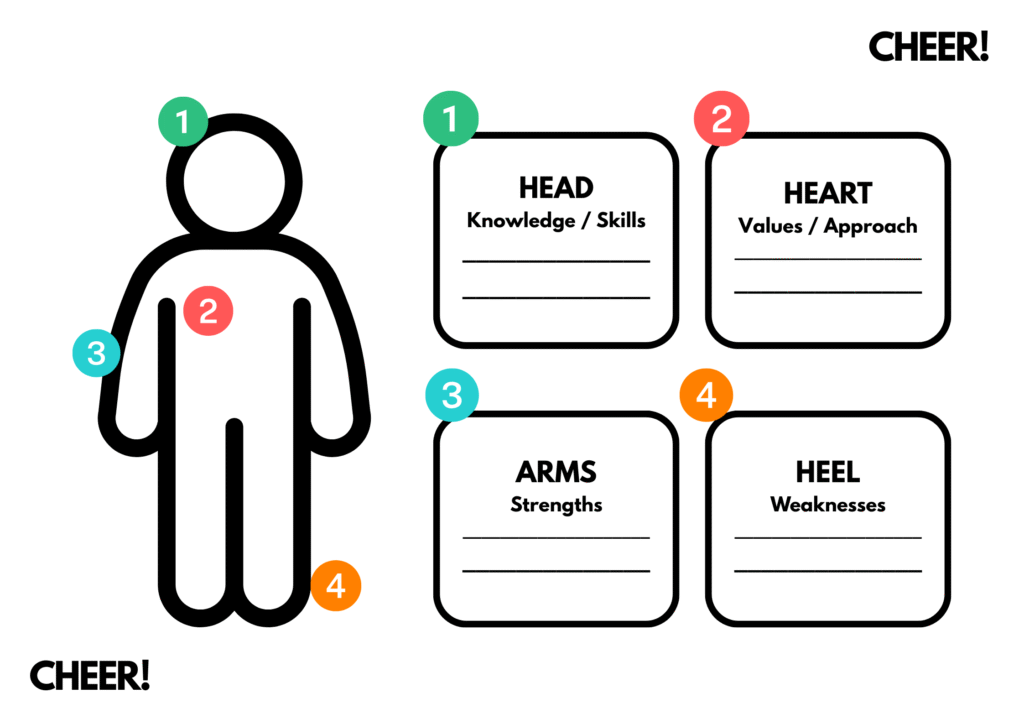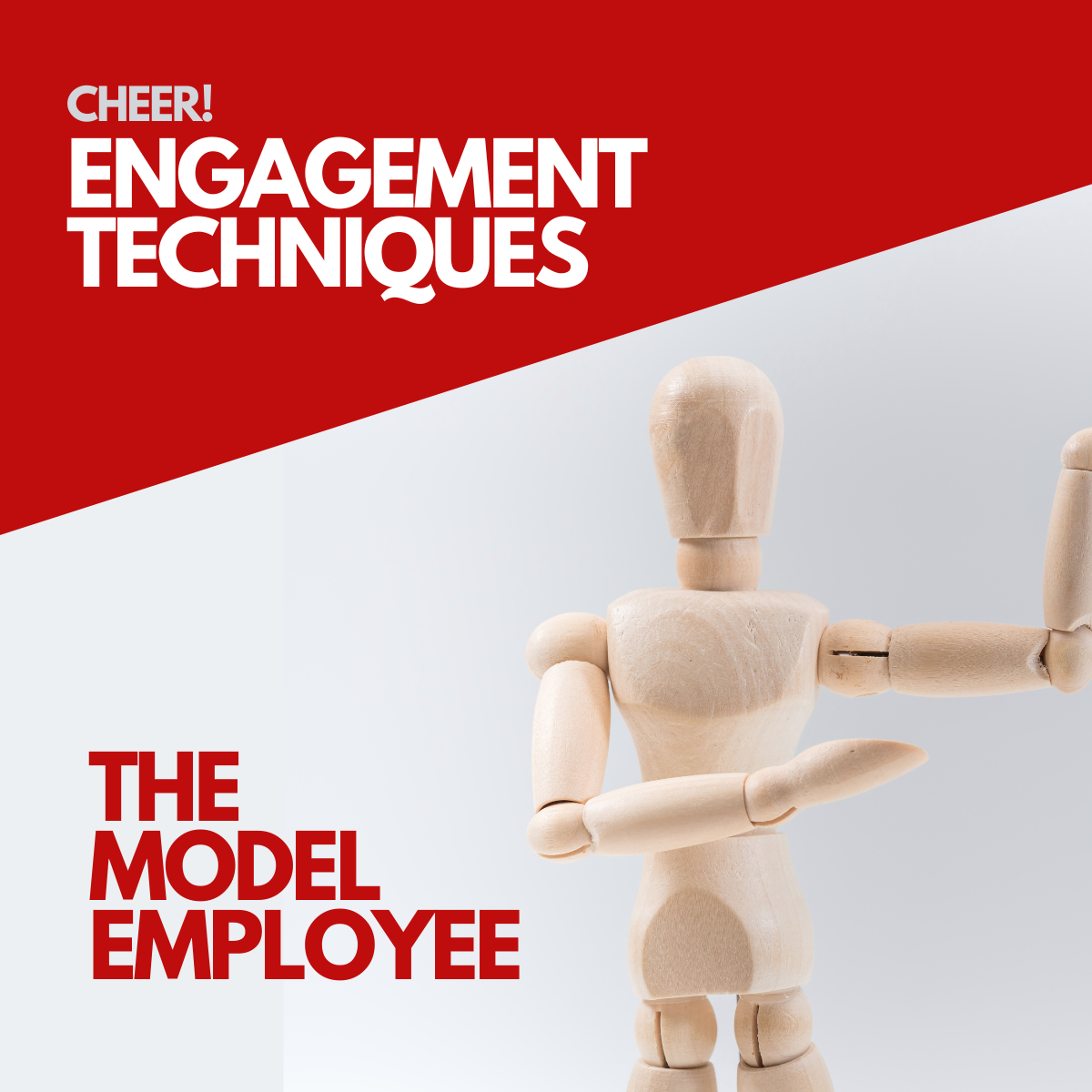Engagement Technique: The Model Employee
We’ve all heard a hiring manager say: “They’re just not the right fit.” But here’s the problem, do they actually know what “right” looks like?
That’s where the Model Employee exercise comes in. It’s a fun, visual way to get managers and teams thinking about the traits, values, and behaviours that really matter.
This one is typically more suitable for grads/early careers employees, and a great one for new managers to run.
How it works
Get your team together and ask them to draw the model employee. Use different parts of the body to represent different qualities, that match what you look for. You could use your Job Description. Ideally prep what you think this looks like prior to the session.
-
Head: Knowledge and skills.
-
Heart: Attitudes, values, and how they approach work.
-
Arms: Strengths and capabilities.
-
Heels: Weaknesses or the “Achilles heel” to watch out for.
You can expand it however you like. For example, legs for drive, eyes for vision, ears for listening skills, etc. The point is to make the group think about what’s truly important.

Why it works
It’s a simple approach to get employees thinking like an employer, and opening discussions about what’s important to work on, to get what they want from work.
-
You can challenge assumptions about what “fit” really means.
-
Highlight the balance between technical skills and human qualities.
-
Expose hidden biases or unrealistic expectations.
When it doesn’t work
This doesn’t work for all environments. It’s quite ‘school teacher’ style, and would suit maybe more visual learners. It might not feel like work – which for some is a plus, but equally I’d recommend a different more ‘formal’ approach for seasoned pros. We don’t want to patronise, do we*
I’ve used this before in onboarding, rather than established employees.
*Deliberate irony there
The result
Instead of vague statements like “we need someone dynamic,” you can end up with a clearer, shared picture of the kind of people who thrive in your organisation.
It can also help shape job descriptions and uncover things you hadn’t thought of – with just pens and papers at the ready!
This post is part of our Engagement Techniques series of practical, low-cost ideas to bring more connection and meaning into work. Find the rest here.
👉 Want to explore techniques like this in more depth? I run interactive employee engagement workshops where we bring these ideas to life.

